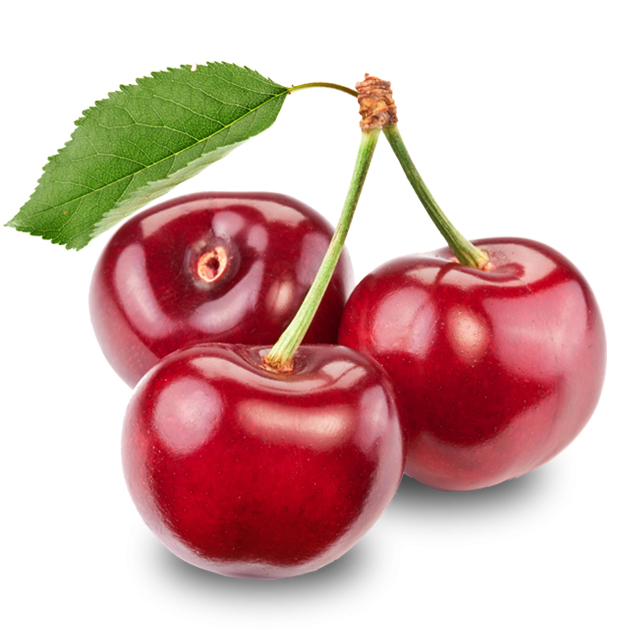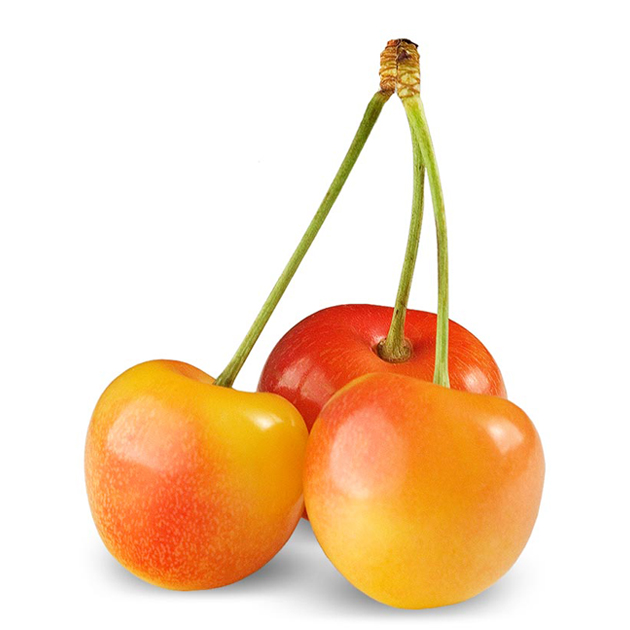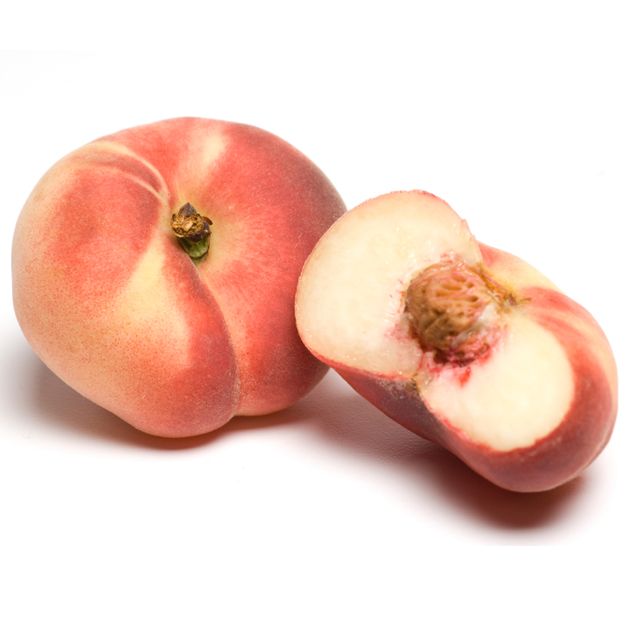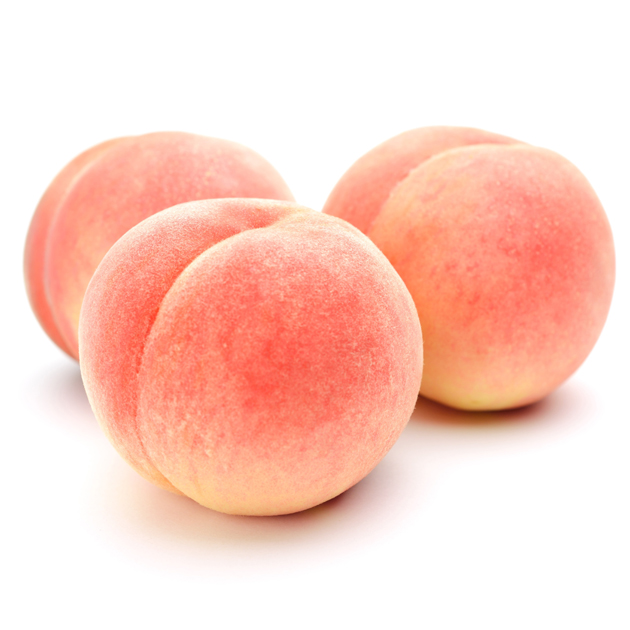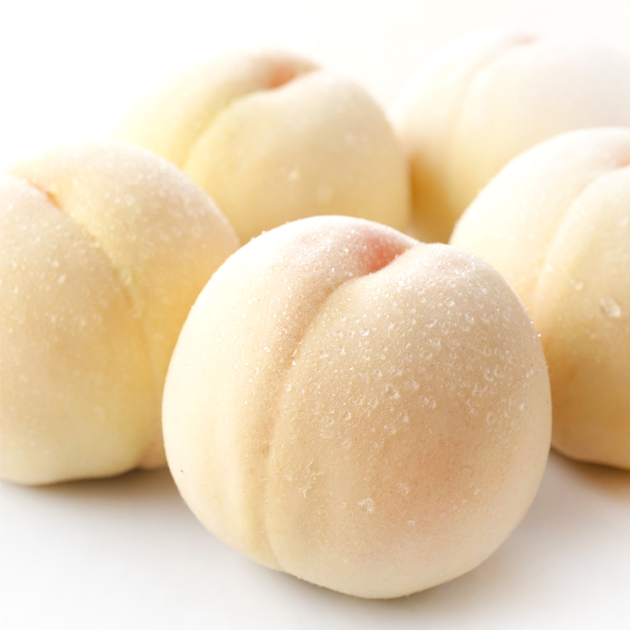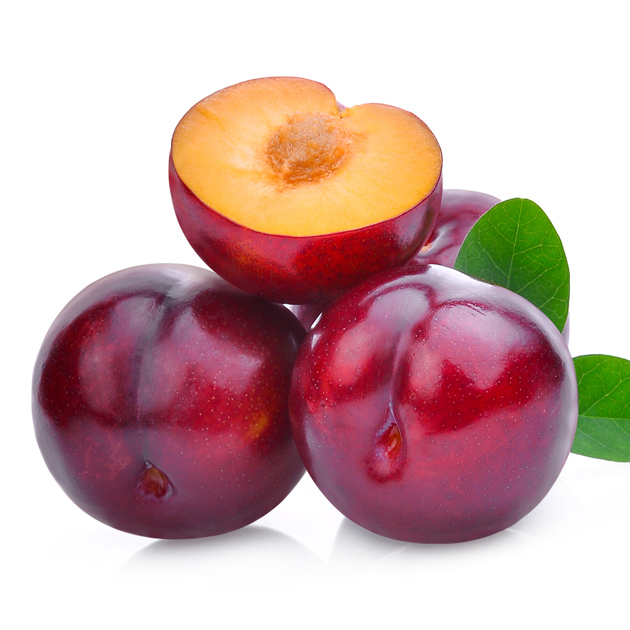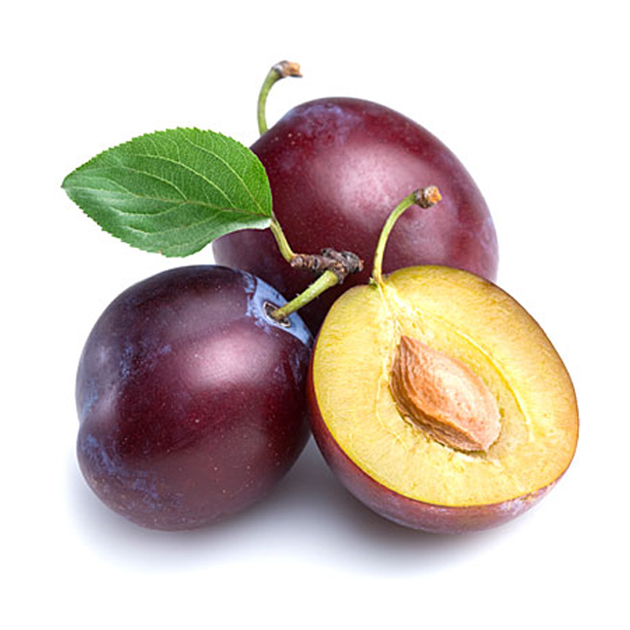Cherry
USA, Canada, Australia, New Zealand, Chile, Argentina
From Lamberts to Lapins to Rainiers and Bing, there are more than 500 varieties of sweet cherries, and almost as many tart or sour ones. But only around 20 varieties are used in commercial production. A typical cherry tree produces about 7000 cherries. Most cherries bought at the market are eaten raw, alone or accompanied by other fruits.

